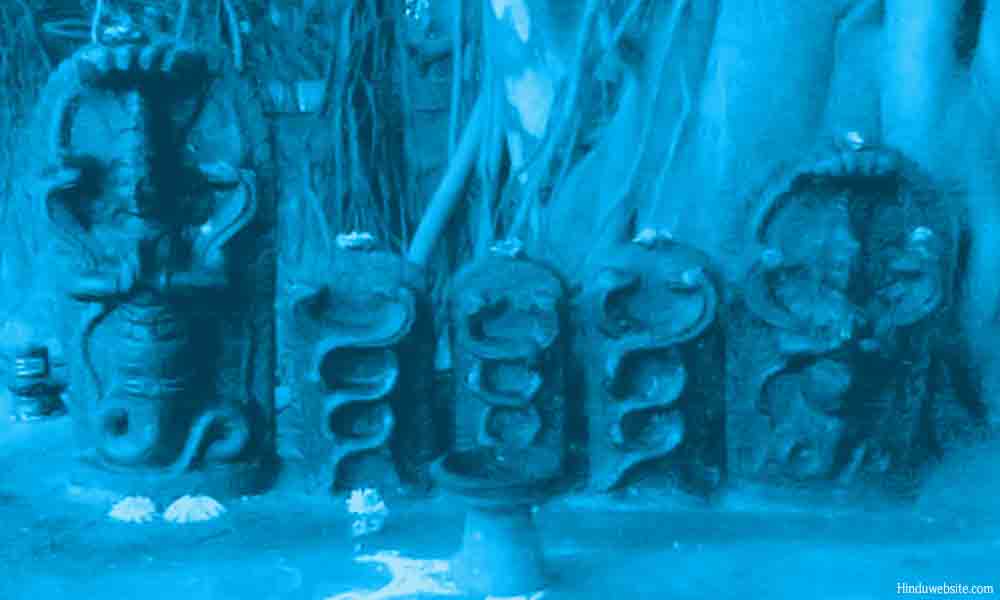Herps in Society and Culture: Serpents in Indian Culture
As a child, I was always enthralled by the Indian snake charmers that could play music on the flute and the cobra would come out of the basket as it was guided by the music. At first, I always thought it was made up but after reading this article, I realized that I was very wrong. In Hindu mythology, the cobra is respected as much as it is feared. Most Hindu gods, including the lord Shiva and Vishnu are depicted with the cobra wrapped around them. These religious affiliations mark the importance of the Hindu festival of Nag Panchami.
Nag Panchami is a festival in which religious Hindus will celebrate images of snakes or live snakes
and offering them milk, incense, and prayers. The belief is that snakes are not evil, but represent eternity and materiality. They symbolize the processes of creation, preservation, and destruction.
I found this brief informative article to be quite relevant to our class. After being in this class, I realize that snakes are just as important as any other animal in our environment. They are very unique and add a great deal of diversity in the reptiles. The appreciation and celebration that Hindus show for these reptiles is quite admirable and more people should do that for these interesting animals, rather than consider them as vile and dangerous. I felt that this article placed snakes in a different light than what they are normally associated with, and it is great to know that other religions and cultures, including Hinduism, celebrate not just snakes but nature and the role and importance that each animal plays in our lives and the environment.


2 comments:
I feel like I can greatly relate to your post on the bad connotations that are commonly associated with snakes. Being from Nigeria, it is almost taboo to see a snake or be around one. It is considered evil and bad luck. Obviously cultural and religious beliefs may be at play? Interestingly enough, I recently attended a Hindu service (just to observe it) and there were SEVERAL depictions of snakes around the temple. I think this class definitely has opened my eyes to how diverse snakes are. Not all are bad. In fact, this class has made me more open-minded to the sheer variety of snake species. Prior to this class, I used to believe that all snakes were venomous. I now know that is far from the truth! This post is so relevant too, when considering Western vs. non-Western depictions and superstitions of certain animals. Great post!
What a fascinating cultural contrast. I find it really interesting that the Hindu representation of snakes seems to stem from respect rather than outright fear.
Post a Comment